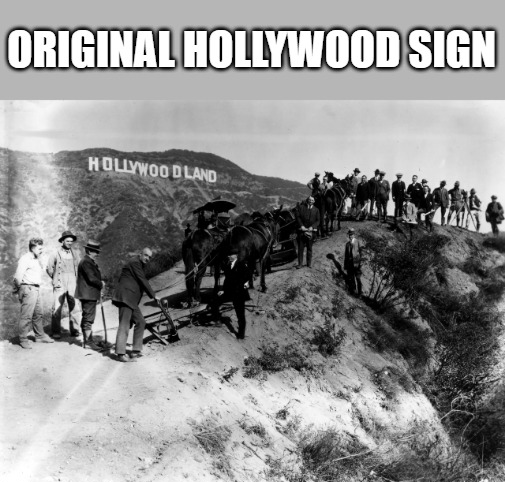Los Angeles in the 1920s was a booming city that attracted people from all over the country and the world, seeking fame, fortune, or a better life.
The city was known for its thriving film industry, which produced silent movies that captivated audiences worldwide.
Hollywood became a symbol of glamour and success, as well as a source of scandals and controversies.
Table of Contents
The city also had a vibrant cultural scene, with diverse influences from its various ethnic groups, such as Mexicans, Chinese, Japanese, Armenians, Italians, and Russians.
The city hosted the first Academy Awards in 1929, and was home to many famous artists, writers, and musicians.
However, Los Angeles also faced many challenges and conflicts in the 1920s, such as water shortages, crime, corruption, racial discrimination, and labor unrest.
The city’s rapid growth and expansion caused environmental and social problems, such as pollution, congestion, and slums.
The city’s water supply was contested by the residents of the Owens Valley, who accused Los Angeles of stealing their water and sabotaged the aqueduct system.
The city also witnessed several violent incidents, such as the bombing of the Los Angeles Times building in 1910, the Ku Klux Klan raids in 1922, and the St. Francis Dam disaster in 1928.
The city’s politics were dominated by a conservative and pro-business elite, who clashed with the progressive and labor movements.
The city’s population was divided by class, race, and ethnicity, and faced discrimination and segregation in housing, education, and employment.
Hollywoodland Sign

The original Hollywood sign, erected in 1923, was initially intended to be a temporary advertisement for a new housing development in the hills above the Hollywood district of Los Angeles.
The sign, which read “HOLLYWOODLAND”, was commissioned by real estate developers Woodruff and Shoults to promote their development.
The sign was constructed of 3ft by 9ft metal squares rigged together by an intricate frame of scaffolding, pipes, wires, and telephone poles.
Each of the original 13 letters was 30ft wide and approximately 43ft tall.
At night, the sign blinked into the Hollywood night: first ‘Holly’, then ‘wood’, and finally ‘land’, punctuated by a giant period.
The sign was altered in late 1949, changing from “HOLLYWOODLAND” to just “HOLLYWOOD”.
The Hollywood Chamber of Commerce decided to take over maintenance and ownership, repairing the sign but cutting the “land,” so it stopped referencing one specific housing development.
This change was made because by then, the sign had become such a fixture in town.
In 1978, the letters were all completely torn down and rebuilt thanks to a fundraiser from Playboy’s Hugh Hefner, where he got his famous friends to each sponsor a letter at $27,777 each.
Since then, the sign has been the target of pranksters who sometimes drape tarps or strategically cover letters to have the sign spell out different things.
1930 Movie Premiere of Morocco starring Marlene Dietrich at Grauman’s Chinese Theater

The Grauman’s Chinese Theatre is a famous movie palace in Hollywood, Los Angeles, that opened in 1927.
It was built by Sid Grauman, a showman and one of the founders of the Academy of Motion Picture Arts and Sciences, who wanted to create a lavish and exotic theater that would attract moviegoers.
The theater is designed in the style of a Chinese palace, with a pagoda-shaped roof, dragon carvings, and a forecourt with handprints and footprints of celebrities.
The theater has hosted many premieres, including the 1977 launch of Star Wars, as well as birthday parties, corporate junkets, and three Academy Awards ceremonies. The theater has undergone several changes of ownership and name over the years.
It was renamed Mann’s Chinese Theatre in 1973, and reverted to its original name in 2001.
In 2013, Chinese electronics manufacturer TCL Corporation purchased the facility’s naming rights and converted the screen to IMAX.
The theater is now called TCL Chinese Theatre and continues to be a popular tourist attraction and a cultural icon in Hollywood